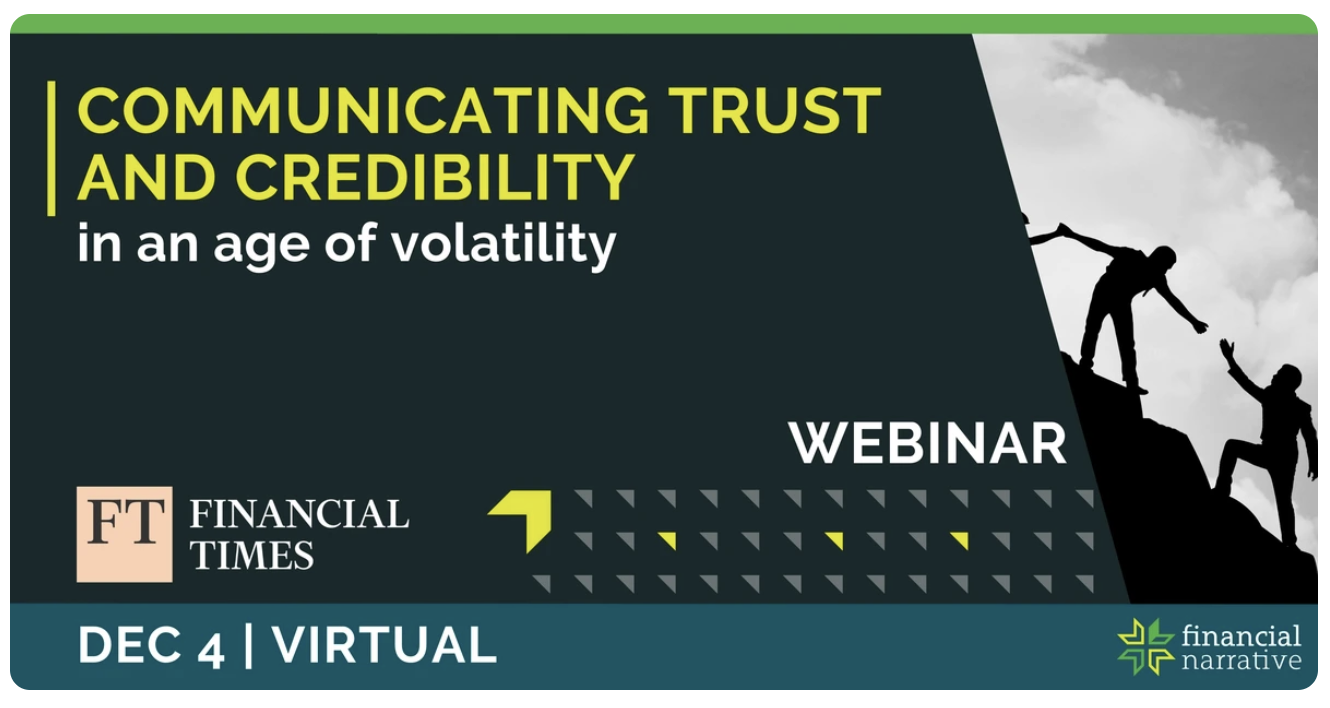New research from BetterUp Labs and Stanford’s Social Media Lab found that 40% of U.S. desk workers encountered AI “workslop” in the past month. Workslop is defined as polished outputs that read well but contain errors that derail real work.
Cleanup averages two hours per incident, costing roughly $186 per worker per month, That’s about $9 million annually for a 10,000-employee company.
The reputational cost is even higher: recipients judged senders of AI-generated workslop as 42% less trustworthy and 37% less intelligent, which helps explain why an MIT Media Lab survey found 95% of organizations see no measurable ROI on AI investments.
If that sounds familiar, you’re not alone. Teams are producing more content than ever, but much of it feels hollow, generic, or off-brand, creating a quiet productivity leak that erodes credibility. The problem isn’t necessarily the use of AI, it’s the absence of oversight.
Our simple 5-step audit can show whether your AI program is improving your strategy or quietly adding to the noise.
STEP 1 >> Prompt Hygiene
What to do: Start where all AI chaos begins: the prompt. Document the exact instructions used for campaigns, standardize your best performers, and label them by channel, tone, and objective. Treat prompts like templates, not hunches.
Why it matters: It’s the only way to ensure your next “inspired” output doesn’t sound like it came from another company entirely.
STEP 2 >> Brand Voice Match
What to do: Run a simple comparison test. Take a recent AI-generated paragraph and place it beside copy from your website or brand manifesto. If the tone, rhythm, or confidence level feels off, the model has drifted.
Why it matters: Refine its instructions until both read as if written by the same person. Consistency builds trust faster than any algorithmic tweak ever could.
STEP 3 >> Fact Integrity
What to do: Generative AI will happily invent data with total confidence. Pick any three claims in your last AI-assisted draft and trace them back to a source. If you can’t confirm each one, neither can your readers.
Why it matters: False precision is still false, and in finance and fintech marketing, even small factual errors can undo years of credibility.
STEP 4 >> SEO and AI Visibility
What to do: Search is changing fast. Paste a few of your recent headlines or FAQs into tools like Perplexity, ChatGPT, or Gemini to see what comes back. Are you part of the synthesized summaries or missing completely?
Why it matters: Visibility in AI-powered discovery engines is the new SEO. Knowing where you stand now is half the strategy.
STEP 5 >> Compliance Sanity Check
What to do: Every AI-generated asset still needs to pass the same compliance review as anything else. Always verify that disclaimers, footnotes, and disclosures remain intact after edits or rewrites.
Why it matters: If the system’s “creativity” quietly removes them, your workflow has a hidden liability. Automation is only efficient when it’s also accountable.
The Real Metric: Trust
While AI can expand your reach, only human oversight protects your reputation.
The most successful financial marketers will be those who treat AI is less of a megaphone than a mirror, reflecting brands that are already disciplined, recognizable, and credible.
